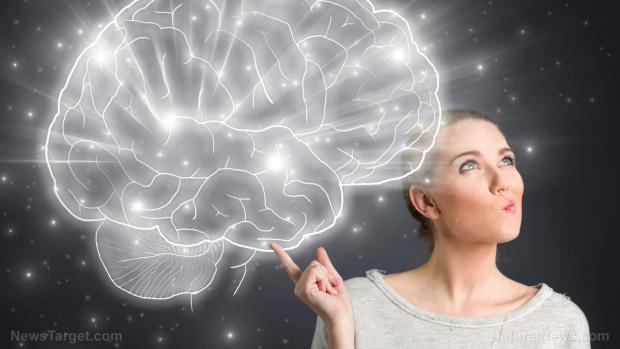
Breaking News
 Audio + English transcript from the closed-door July 9, 2025 court hearing in the case against...
Audio + English transcript from the closed-door July 9, 2025 court hearing in the case against...
 Trump: Obama started this WHOLE thing! (6 mins on it from the Maria B interview)
Trump: Obama started this WHOLE thing! (6 mins on it from the Maria B interview)
 Provoked: How Washington Started the New Cold War with Russia and the Catastrophe in Ukraine
Provoked: How Washington Started the New Cold War with Russia and the Catastrophe in Ukraine
 US Politics Is Just Nonstop Fake Revolutions Now
US Politics Is Just Nonstop Fake Revolutions Now
Top Tech News
 3D Printed Aluminum Alloy Sets Strength Record on Path to Lighter Aircraft Systems
3D Printed Aluminum Alloy Sets Strength Record on Path to Lighter Aircraft Systems
 Big Brother just got an upgrade.
Big Brother just got an upgrade.
SEMI-NEWS/SEMI-SATIRE: October 12, 2025 Edition
 Stem Cell Breakthrough for People with Parkinson's
Stem Cell Breakthrough for People with Parkinson's
 Linux Will Work For You. Time to Dump Windows 10. And Don't Bother with Windows 11
Linux Will Work For You. Time to Dump Windows 10. And Don't Bother with Windows 11
 XAI Using $18 Billion to Get 300,000 More Nvidia B200 Chips
XAI Using $18 Billion to Get 300,000 More Nvidia B200 Chips
 Immortal Monkeys? Not Quite, But Scientists Just Reversed Aging With 'Super' Stem Cells
Immortal Monkeys? Not Quite, But Scientists Just Reversed Aging With 'Super' Stem Cells
 ICE To Buy Tool That Tracks Locations Of Hundreds Of Millions Of Phones Every Day
ICE To Buy Tool That Tracks Locations Of Hundreds Of Millions Of Phones Every Day
 Yixiang 16kWh Battery For $1,920!? New Design!
Yixiang 16kWh Battery For $1,920!? New Design!
 Find a COMPATIBLE Linux Computer for $200+: Roadmap to Linux. Part 1
Find a COMPATIBLE Linux Computer for $200+: Roadmap to Linux. Part 1
Creepy: New AI can READ YOUR MIND by decoding your brain signals … kiss your ...

(Natural News) We live in a society that is obsessed with oversharing. While it's becoming increasingly difficult to tune out the trivial bits of people's lives that we don't care about, we can still choose not to sign up for social media accounts to preserve our own privacy. We can also take comfort from the idea that our private thoughts will always remain our own – at least for the time being. You might want to enjoy that last bit of privacy while you still can because a creepy new AI looks set to change that very soon.
Japanese researchers have now developed an AI machine that can take a look into your mind with an uncanny degree of accuracy. It studies the electrical signals within your brain to determine the images you are looking at or even just thinking about, and then it can create images of it that are startlingly reliable.
The project is being carried out at Kyoto University under the leadership of Professor Yukiyasu Kamitani. The researchers are creating the images using a neural network and information culled from fMRI scans that detect the changes in people's blood flow in order to analyze electrical activity. This data enabled their machine to reconstruct images such as red mailboxes, stained glass windows, and owls after volunteers stared at pictures of these items. In addition, it was able to create pictures of objects the participants were simply imagining, including goldfish, bowling balls, leopards, crosses, squares and swans with varying degrees of accuracy.
The researchers boasted that the breakthrough provides a "unique window into our internal world" but this is one window that many people might not be willing to open up. The same technique could be used for retaining footage of mental images such as memories and daydreams, and it could even be used to help patients who are in vegetative states communicate with loved ones.
In their project, neural networks were used that are similar to those that form the basis of many of the latest AI developments, such as Snapchat's live filters for altering images, the facial recognition software used by Facebook, and the language translation services offered by Google.



